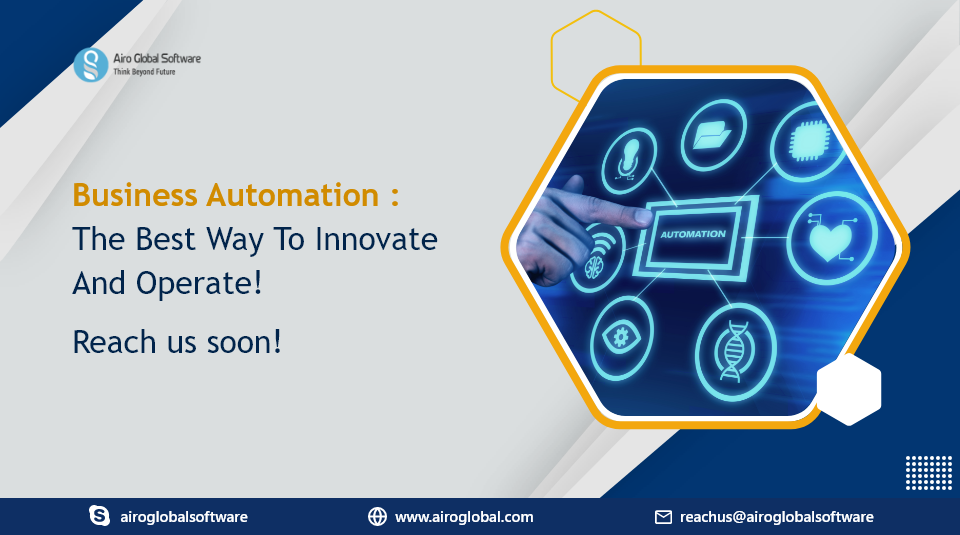In today's fast-paced business landscape, efficient workflow management is the key to staying competitive and agile. To achieve this, many organizations turn to tools like Jira, a versatile project management and issue tracking platform developed by Atlassian. In this blog post, we'll explore how integrating your business processes with Jira can supercharge your productivity, streamline operations, and boost collaboration.
Why Integrate Business Processes with Jira?
1. Customized Workflows
One of the standout features of Jira is its ability to adapt to your unique business processes. Instead of fitting your processes into a predefined structure, Jira allows you to create customized workflows that mirror how your team operates. Whether you're in software development, marketing, or any other field, this flexibility is a game-changer.
2. Efficiency through Automation
Repetitive, manual tasks can slow down your operations. Jira offers automation rules that can help you eliminate these bottlenecks. For example, you can automatically assign tasks, send notifications, or transition issues based on predefined triggers. This not only saves time but also reduces the risk of human error.
3. Enhanced Visibility
Clear visibility into your projects is crucial for making informed decisions. Jira's reporting and tracking features provide insights into issue status, cycle times, and team performance. You can track key performance indicators (KPIs) and identify areas for improvement. This data-driven approach empowers you to optimize your processes continually.
Getting Started with Jira Integration
Here's a step-by-step guide to integrating your business processes with Jira:
Step 1: Define Your Workflows
Begin by mapping out your existing business processes. Identify the stages, tasks, and decision points involved. This understanding will serve as the foundation for creating Jira workflows.
Step 2: Configure Jira Workflows
Use Jira's intuitive interface to set up workflows that align with your processes. Define statuses, transitions, and conditions that reflect each step in your workflow. Jira's drag-and-drop workflow editor makes this process user-friendly.
Step 3: Issue Types and Customization
Create custom issue types and fields in Jira to capture specific information relevant to your business processes. This ensures that you're collecting the right data for analysis and reporting.
Step 4: Implement Automation Rules
Identify opportunities for automation within your workflows. Implement rules that automate repetitive tasks, such as assigning issues, sending notifications, or updating issue statuses.
Step 5: Integrate with Other Tools
Jira integrates seamlessly with various third-party tools commonly used in business processes. Connect version control systems, continuous integration tools, and communication platforms to create a unified ecosystem.
Step 6: Train Your Team
For successful integration, provide training and support to your team members. Ensure that they are comfortable with the Jira interface and understand how to use it effectively within their roles.
Step 7: Continuous Improvement
As your business processes evolve, revisit your Jira setup regularly. Modify workflows, automation rules, and integrations to adapt to changing needs and optimize efficiency continually.
Conclusion
Integrating business processes with Jira is a strategic move that can revolutionize the way your organization operates. By tailoring workflows, automating tasks, and leveraging data-driven insights, you can enhance efficiency, collaboration, and overall productivity. Whether you're a small startup or a large enterprise, Jira offers the scalability and flexibility to meet your needs and grow with your business.
Ready to take your business processes to the next level? Start your Jira integration journey today and watch your team thrive.If you have any questions or concerns, please contact Airo Global Software through the email given below.
E-mail id: [email protected]!

Author - Johnson Augustine
Chief Technical Director and Programmer
Founder: Airo Global Software Inc
LinkedIn Profile: www.linkedin.com/in/johnsontaugustine/


